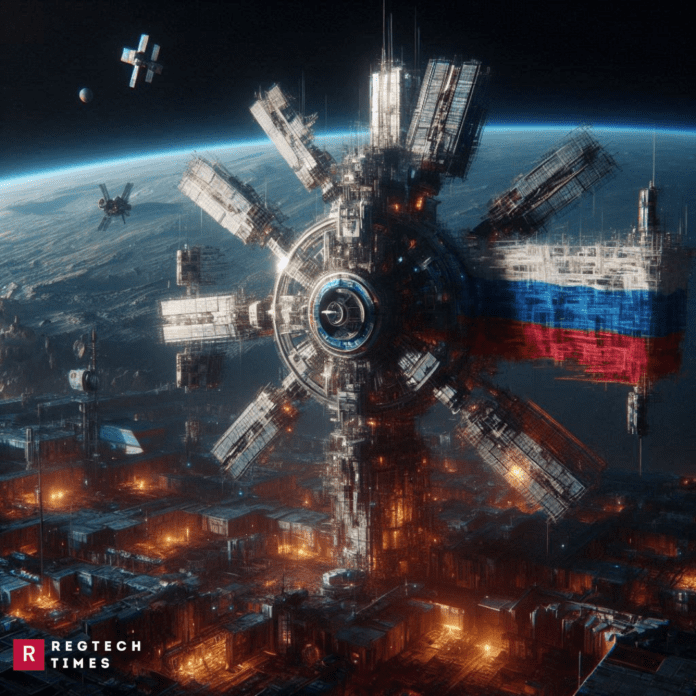A History of Triumphs and Modern Challenges in the Space Race
Russia’s space program was once the pride of the nation and a symbol of scientific achievement. Decades ago, it led the world in the Space Race, achieving milestones that no other country had managed at the time. The Soviet Union launched the first living creature, Laika the dog, into orbit, proving that life could survive in space. Soon after, it sent the first human, marking a new era in human spaceflight. The world watched in awe as Soviet missions continued to break barriers—achieving the first soft landing on the Moon, sending the first woman into space, and executing the first spacewalk.
For years, these achievements placed Russia at the forefront of global space exploration. However, more than half a century later, the situation has changed dramatically. Today, the Russian space program struggles to maintain its relevance amid increasing competition in the Space Race. Countries like China and India have made significant advancements, reaching new milestones that once seemed out of their grasp. China has developed its own space station, Tiangong, while India successfully landed its Vikram lander on the Moon’s south pole—something Russia failed to accomplish just days earlier. As new players emerge, the Space Race has become more intense than ever, leaving Russia grappling to reclaim its former glory.
Sanctions and Isolation Take Their Toll
Several factors have contributed to the decline of Russia’s space industry. One of the biggest challenges has been the impact of international sanctions. After 2022, Russia faced severe economic restrictions that affected various industries, including space technology. These sanctions cut off access to critical space-grade components and advanced machine tools that were previously imported from countries like the United States, Japan, South Korea, and European nations. Without these high-quality parts, Russia has struggled to build modern rockets and satellites, weakening its position in the global Space Race.
Additionally, the space industry has suffered from reduced funding. In the past, Russia made billions by launching satellites for foreign governments and private companies. Many nations relied on Russian rockets to send their satellites into orbit. However, after 2022, many of these partnerships ended, significantly reducing the country’s revenue from space services. A major setback was the cancellation of the ExoMars rover mission, a joint project with the European Space Agency that had been years in the making. This loss further diminished Russia’s ability to compete in the Space Race.
Financial struggles have also affected key infrastructure projects. One major initiative, the National Space Centre, was designed to bring different parts of Russia’s space industry together in one location. However, rising construction costs and delays have frustrated officials. Originally planned for completion in 2023, the project has been repeatedly postponed. The increased costs are partly due to economic difficulties linked to ongoing geopolitical conflicts, which have made materials and labor more expensive. As Russia’s financial and technological challenges continue, its ability to participate in the modern Space Race remains uncertain.
Failed Missions and Unfinished Projects
Despite these challenges, Russia has continued to push forward with ambitious plans. However, many of these initiatives have faced setbacks, raising concerns about the country’s ability to maintain its presence in the modern Space Race.
One of the most significant failures in recent years was the Luna 25 mission. Russia aimed to land a spacecraft on the Moon’s south pole, proving its continued expertise in lunar exploration. However, the mission ended in disaster when the spacecraft lost control and crashed. Just days later, India successfully landed its Vikram lander in the same region, dealing a further blow to Russia’s space ambitions. The failure of Luna 25 was particularly embarrassing because Russia had been hoping to demonstrate its capability to carry out complex lunar missions once again. This failure highlighted the growing gap between Russia and its competitors in the Space Race.
Another major project facing difficulties is the Sfera satellite program, designed to compete with global satellite internet services like Starlink. The goal was to launch thousands of satellites to create a high-speed internet network, providing connectivity across Russia and beyond. However, production delays have slowed down progress. Russia initially planned to put 2,600 satellites into orbit by 2036, but at the current production rate, meeting this target seems increasingly difficult.
A major reason for the delay is the lack of advanced components, forcing Russia to simplify its satellite designs. The country has also become increasingly dependent on Chinese suppliers for parts, further limiting its ability to develop cutting-edge technology. As global spacefaring nations continue advancing their satellite networks, Russia’s struggle to keep pace has put its role in the Space Race at risk.
Leadership changes have also reflected the growing frustration within the Russian government. In an effort to address these issues, a new director has been appointed to lead the space agency. The hope is that fresh leadership will help improve efficiency and push forward key projects. However, the challenges facing Russia’s space program remain significant.
As other nations continue to expand their capabilities in space, Russia faces the difficult task of maintaining its historic legacy while overcoming modern economic and technological hurdles. The country’s past achievements remain a source of national pride, but the future of its space program remains uncertain amid financial difficulties, failed missions, and rising global competition in the Space Race.


